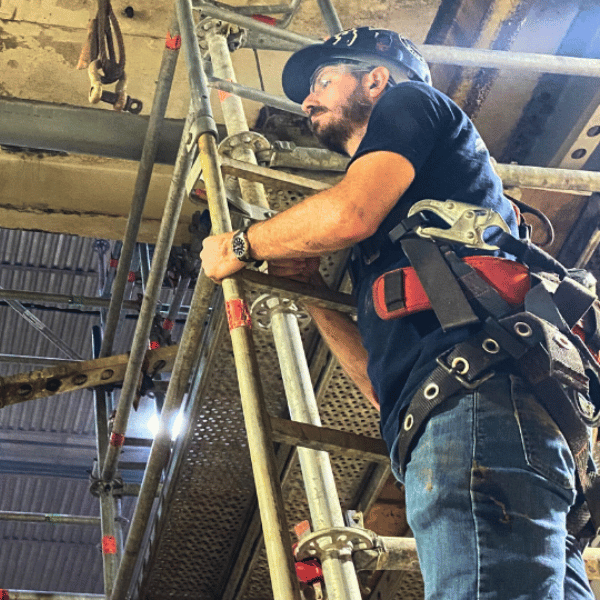Understanding Ladder Safety:
Ladder safety encompasses a range of practices aimed at preventing accidents and injuries while working at heights. The Occupational Safety and Health Administration (OSHA) defines ladder safety as the adherence to regulations and guidelines designed to minimize risks associated with ladder use in the workplace. OSHA standards mandate proper ladder selection, inspection, setup, and use to ensure the well-being of workers.
OSHA Definition and Standards:
OSHA's guidelines outline specific requirements for ladder safety, encompassing aspects such as ladder design, construction, and usage. According to OSHA, employers must provide ladders that meet specific standards, including appropriate load capacity, structural integrity, and slip-resistant features. Additionally, OSHA mandates regular inspection of ladders for defects and ensures that workers receive adequate training on safe ladder practices.
The Importance of Ladder Safety:
Statistics underscore the significance of prioritizing ladder safety in the workplace. According to the Bureau of Labor Statistics (BLS), falls from ladders are a leading cause of occupational fatalities and injuries, with thousands of incidents reported annually. These accidents result in severe injuries, including fractures, sprains, and concussions, imposing considerable financial and human costs on both workers and employers.
The repercussions of ladder-related incidents extend beyond immediate injuries. They often lead to lost productivity, increased insurance premiums, and potential legal liabilities for companies. Therefore, fostering a culture of ladder safety is not merely a regulatory obligation but a strategic imperative for safeguarding personnel and preserving business continuity.
Company Safety Programs:
Empowering Employees for Safe Practices Recognizing the multifaceted nature of workplace safety, many companies institute comprehensive safety programs to instill a culture of vigilance and responsibility among employees. These programs encompass various initiatives, including training sessions, hazard assessments, and ongoing communication, aimed at fostering a safety-conscious work environment.
Training:
Central to any effective safety program is employee training on proper ladder usage and safety protocols. Training sessions should cover fundamental concepts such as ladder selection, inspection, setup, and climbing techniques. Additionally, employees should receive instruction on hazard recognition and mitigation strategies to identify and address potential risks associated with ladder use. Regular training sessions ensure that employees remain informed about the latest safety standards and best practices, empowering them to make informed decisions while working at heights. Furthermore, ongoing reinforcement of safety principles through toolbox talks, safety meetings, and posters reinforces the importance of adhering to safety protocols.
Hazard Assessments:
Conducting thorough hazard assessments is another vital component of company safety programs. By systematically identifying potential hazards related to ladder use, employers can implement preventive measures to mitigate risks and enhance workplace safety. Hazard assessments involve evaluating factors such as work environment, task complexity, and employee proficiency to develop tailored safety solutions.
Implementing Control Measures:
In addition to training and hazard assessments, companies should implement control measures to minimize ladder-related risks effectively. This may include investing in high-quality ladders with enhanced safety features, such as non-slip treads and stabilizing mechanisms. Furthermore, employers should establish clear protocols for ladder inspection, maintenance, and storage to ensure equipment reliability and longevity.
Conclusion:
In conclusion, ladder safety is a paramount concern in the workplace, necessitating proactive measures to mitigate risks and protect personnel. Adhering to OSHA standards, understanding the importance of ladder safety, and implementing robust company safety programs are essential steps in fostering a culture of safety and preventing ladder-related accidents. By prioritizing employee training, conducting hazard assessments, and implementing control measures, companies can safeguard their workforce and promote a safe and productive work environment. Remember, when it comes to working at heights, safety should always be the top priority.
